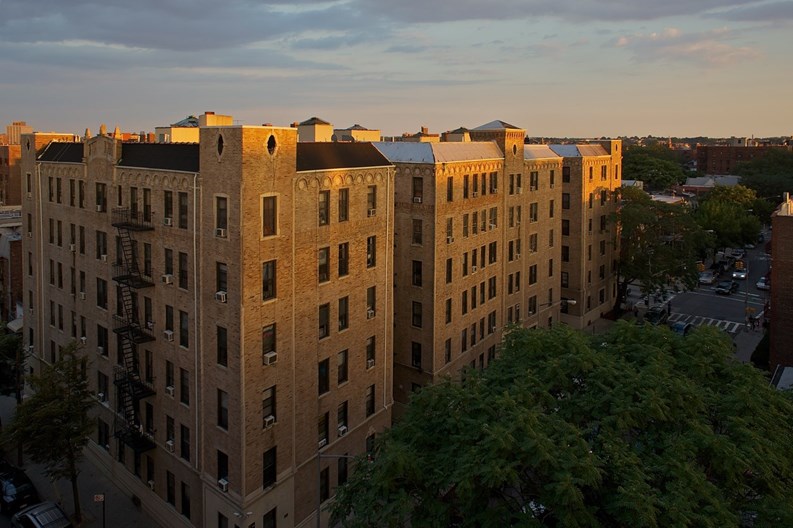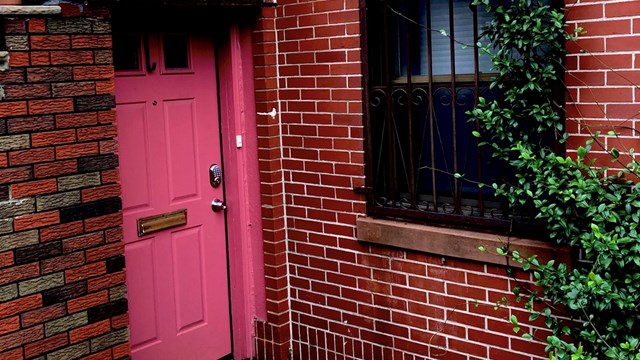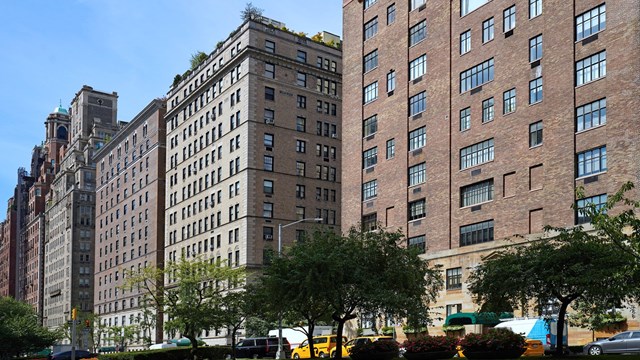For co-ops Manhattan, Brooklyn, and Queens, it was a good third quarter 2017 when it came to average sales prices.
The Real Estate Board of New York (REBNY) recently released its latest New York City Residential Sales Report for 3Q 2017, noting a record-high increase in the average sales prices for cooperatives in the aforementioned three boroughs this latest quarter compared to the same period last year.
In Manhattan, the average sales price increased eight percent to $1,311,000; less than one percent rise to $536,000 in Brooklyn; and a 14 percent jump to $303,000 in Queens.
Overall the average sales price for a co-op unit in New York City during this third quarter was $836,000, a 10 percent improvement over last year in that same period.
Queens condos also experienced a jump in average sales price as well in third quarter 2017—of about 27 percent to $723,000 in comparison to the same period in 2016—setting a record high, too. Said the report: “The average sales price for a condominium unit in Queens was boosted by the borough’s strong residential market as well as high-priced sales at the Flushing Commons and Sky View Parc developments.”
Brooklyn condos also saw an increase in the average sales price of 12 percent to $1,154,000, in comparison to the same quarter last year. However, Manhattan condos experienced a dip of 14 percent to $2,524,000 for average sales price year-over-year.
The report also goes on to say that the average sales price for a home (including co-ops, condos, and one-to-three family dwellings) in New York City rose one percent to $987,000 in the third quarter, better than last year’s similar period.
These all-time high average sales prices indicate the strong value of home types across the boroughs,” said REBNY President John Banks said in a statement. “Overall, they contribute to the consistent year-over-year citywide home sales volume and average sales price for a New York City home.”
The REBNY report also highlighted trends during 3Q 2017 in certain parts of the city. For instance, it said that that the Queens neighborhood of Flushing had experienced 245 condo sales, which is almost three times the amount that was recorded year-over-year. In contrast, Williamsburg, Brooklyn saw a decrease of condo sales from 120 in the third quarter of 2016 to 91 in this current period.
Meanwhile, sales of co-op units in Manhattan's Upper East Side rose 14 percent in this quarter to 589, compared to 518 sales in 2016’s third quarter.
“In the third quarter of 2017, the average sales price of a condominium in the Financial District / South Street Seaport (“Financial/Seaport”) increased 64 percent to $2,092,000 compared to the third quarter of 2016,” the REBNY report said. “This strong price performance was largely attributed to sales at 50 West Street. There were 108 sales in Financial/Seaport during the third quarter of 2017, an increase of 32 percent from the third quarter of 2016.”
With the exception of Manhattan, total residential sales consideration rose--ranging from three to 13 percent--in the other boroughs, according to the study: Brooklyn with $3.05 billion; Queens with $2.55 billion; the Bronx with $448 million; and Staten Island with $787 million. Manhattan saw a nine-percent drop to $6.63 billion.
You can read the full REBNY residential sales third quarter 2017 report here.
David Chiu is an associate editor at The Cooperator.







Leave a Comment